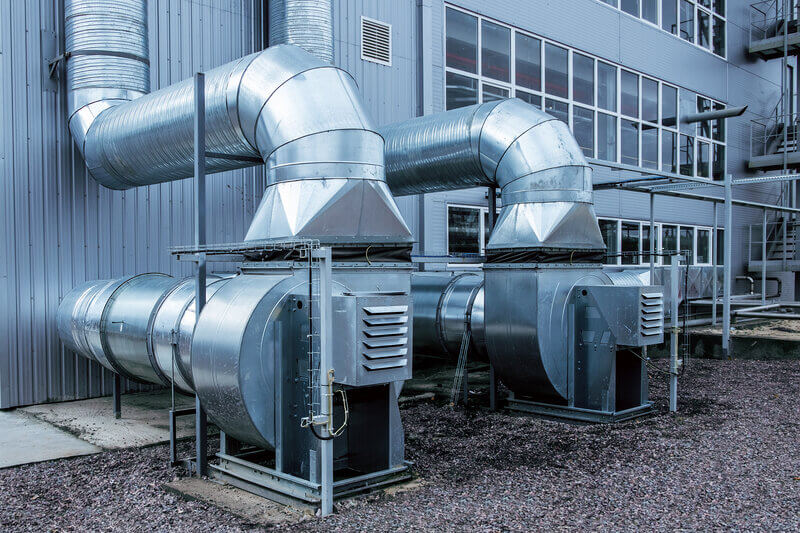Extraction duct cleaning is a crucial maintenance task that is often overlooked. Many building owners and managers assume that if the exterior of their extraction system looks clean, then it must be functioning properly.
However, that’s not entirely the case! What lies inside these ducts can pose serious health hazards and even endanger the integrity of the entire building.
What we have seen inside many of the ducts we’ve professionally cleaned may shock you. That’s why today, we’re exploring the importance of extraction duct cleaning and why it should not be ignored.
Why you shouldn’t ignore your ducts
Proper maintenance of extraction ducts is essential for industrial facilities for several reasons. The extraction system is responsible for removing accumulated dust, smoke, grease, and other airborne contaminants from the air, ensuring a safe and comfortable working environment for employees and customers alike.
Therefore, regular cleaning helps to remove and prevent them from circulating in the air and potentially causing respiratory issues for occupants.
The accumulation of these particles can also increase the risk of fire hazards, as they can serve as kindling within the ductwork. Neglecting duct cleaning can lead to reduced airflow, decreased energy efficiency, and even potential damage to the extraction system itself.
What type of ducts do we clean?
We specialise in cleaning extraction vents across various industries that require air extraction and movement. Our expertise extends to sectors such as:
- Paper mills
- Spice manufacturing
- Food manufacturing
- Paint and panel beating
- Fertilising plants
- Wet areas
- Flour mills
We have successfully worked with extraction systems ranging in size from 3 meters to a whopping 300 meters!
Look at the before-and-after photos from a recent spice manufacturer duct cleaning project to see a visual representation of our work.

What do we find in those ducts?
During our cleaning process, we often encounter a significant buildup of dust and wet and dry products specific to the industry we are servicing.
Depending on the facility’s nature, these can include dirt, grime, and grease. The accumulation of such substances hampers airflow and presents a potential health risk.
By eliminating these contaminants through professional extraction duct cleaning, the overall indoor air quality improves, ensuring a safer and healthier environment for all occupants.
What type of tools and equipment do we use to clean them?
We employ a specialised team with state-of-the-art tools and equipment to clean extraction ducts effectively.
Our team uses high-pressure hoses with reverse fittings to remove stubborn buildup, followed by a thorough sanitisation process.
Additionally, we use hot water blasters, battery drills, and reverse fittings to ensure the water returns to the system instead of creating a mess.
In cases where disassembly is required, our technicians meticulously label each section for accurate reassembly. Rubber seals are loosened, and all areas are thoroughly dried and resealed to guarantee optimal performance of the extraction system before it is used again.
Find out how our extraction duct cleaning service can help you
Contact us today if you want to learn more about our extraction duct cleaning services. We can discuss your industrial or commercial site and needs.
We are available 24/7 for all areas of food safety cleaning, industrial and commercial cleaning, building maintenance, moss and mould treatments and more.
Our staff are fully trained and qualified in all of our services, so our clients can have peace of mind that the job will always be completed to the highest of standards.
You can trust the Rapid team to get the job done right, every time.
Don’t overlook the significance of clean ducts; get in touch for a free quote and ensure the longevity and safety of your extraction system.

